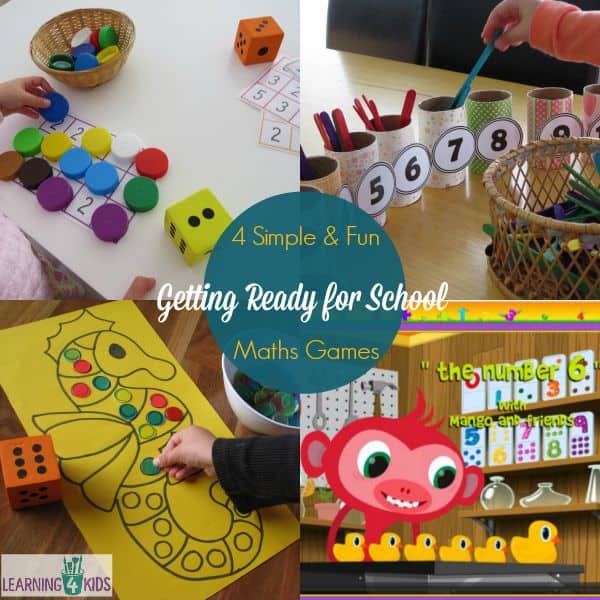
Maths Activities for Getting Ready for School- Giving children a solid foundation in early maths literacy is important to their future academic success. Engaging in dynamic, hands-on games and projects can assist children with the transition into school, setting them up with the skills and confidence they need.
Number Dice Bingo Game
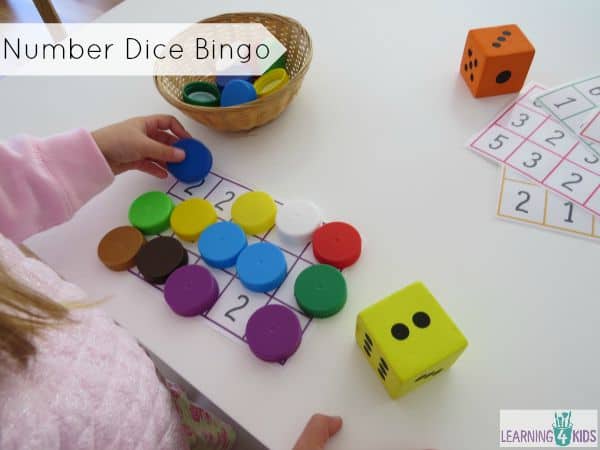
Number Dice Bingo is a printable game that is played much like Bingo but played with dice and numbers. It is a fun game for encouraging early maths skills such as subitising*, counting and number recognition numbers 1-6.
To play the Number Dice Bingo Game, you throw one dice and cover the corresponding number on the number boards that is shown on the dice face. 1 dot: cover number 1, 2 dots: cover number 2 and so on. This game can be played as a whole class, small groups, in pairs or individually.
*Subitising refers to immediately knowing how many items lie within a visual scene for a small number of items. It is to have a rapid and confident judgement to know at a glance and without counting to identify the number of items in a group. For example, when a dice is thrown the observer at a glance, immediately and accurately, knows how many dots lie on the face of the dice without counting.
Numbers and Counting
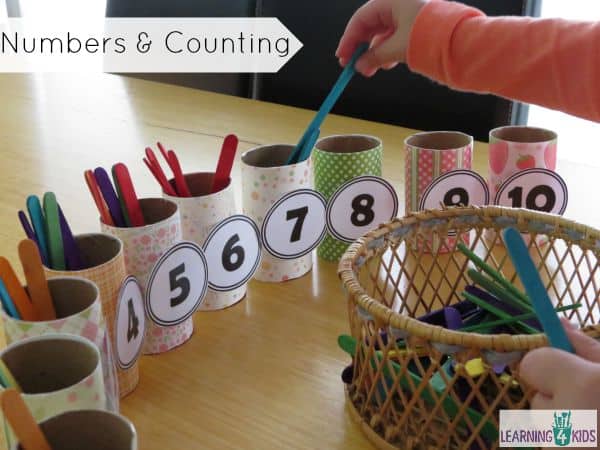
Numbers and Counting Activity is a fun way for children to play and learn with numbers. Whatever the level ability, it is a great opportunity for children to practice counting out loud, recognise and name numbers and also develop an understanding of the value of numbers and ‘how many’.
The activity involves children counting out the value for each number and placing ‘how many’ pop sticks into the cardboard roll with that number. Such as Number 1 = 1 pop stick, Number 2= 2 pop sticks and so on.
Roll and Count
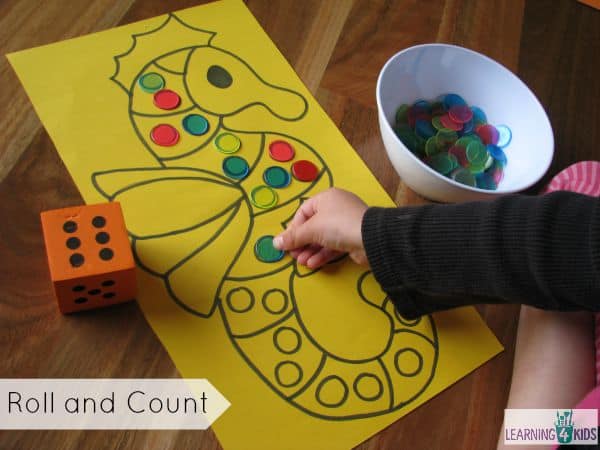
Roll and Count is another game that provides children with the opportunity to subitise, count out loud, create number collections and, if they are ready, the concept of addition.
To play, children roll the dice and cover the circles on the picture with tokens to match the number shown until all circles are covered. This game can be played as a whole class, small groups, in pairs or individually.
The aim of this activity is to develop the skill of subitising by creating an environment (visual scene) to recognise the number associated with a particular pattern on the dice. Then to re-create that particular pattern in a different form using tokens and placing them onto the clusters of circles on the paper.
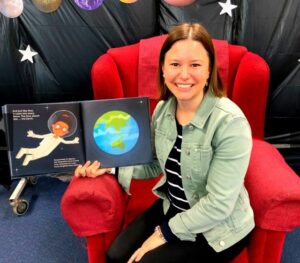
Hi
what ages would you recommend this game for?